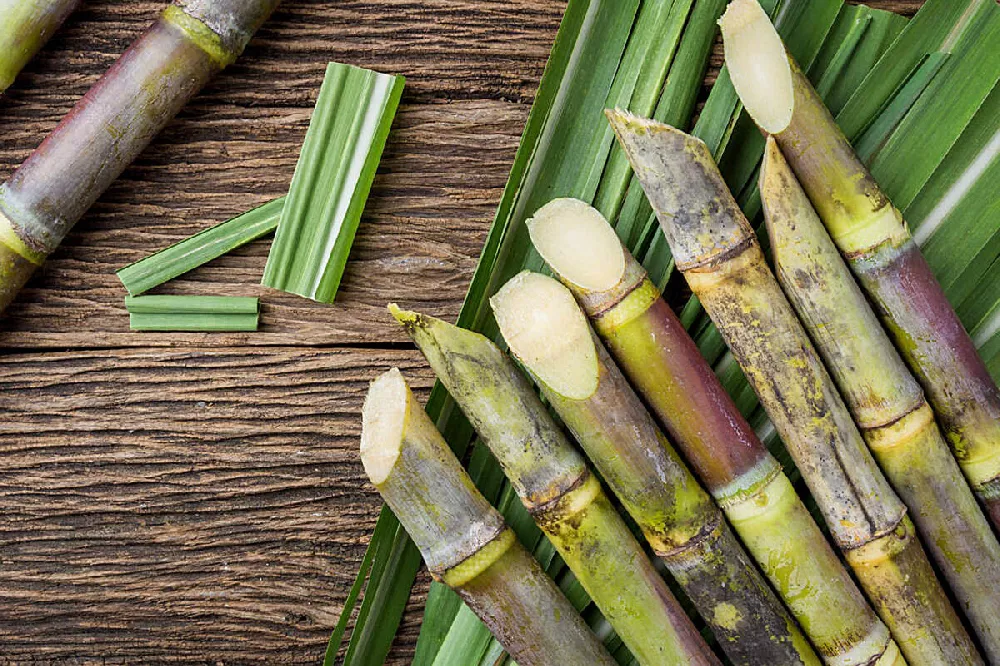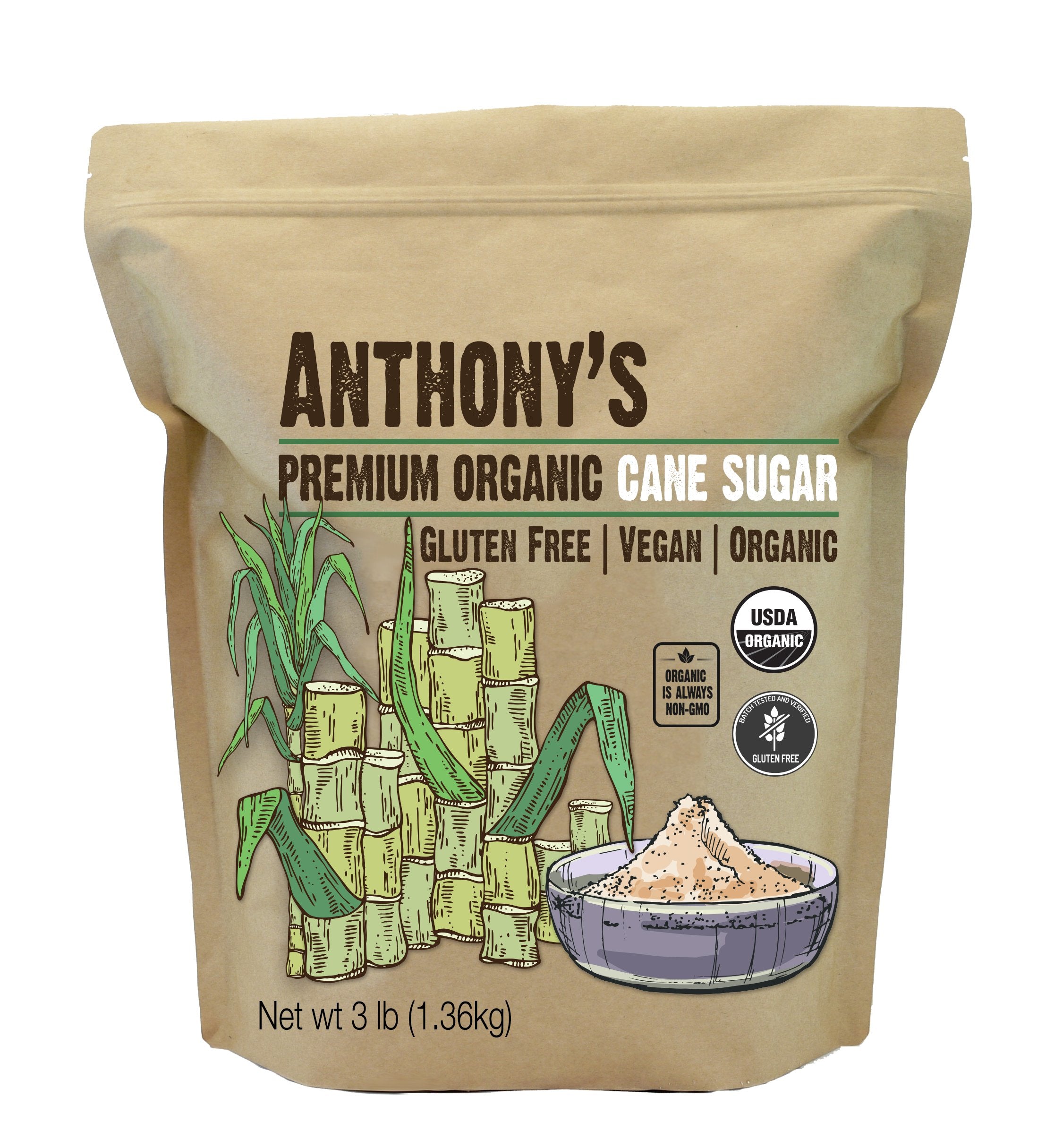Understanding Cane Sugar Processing: A Comprehensive Overview of the Stages
Understanding Cane Sugar Processing: A Comprehensive Overview of the Stages
Blog Article
A Comprehensive Overview to the Environmental Influence and Sustainability Practices in Cane Sugar Handling
The environmental influence of walking cane sugar processing provides an intricate selection of difficulties that warrant cautious assessment. From soil deterioration and too much water usage to the carbon impact connected with cultivation and production, the consequences of standard techniques are significant. What certain techniques can be executed to strike an equilibrium in between productivity and ecological stewardship?
Introduction of Cane Sugar Handling
Walking stick sugar processing involves a collection of systematic actions that transform sugarcane right into polished sugar. At first, gathered sugarcane is transferred to refining facilities, where it undertakes cleaning to get rid of soil and particles. Following this, the cane is squashed to draw out juice, which is then cleared up by eliminating pollutants via home heating and the enhancement of lime.
The cleared up juice undergoes dissipation, where water is removed to focus the sugar web content. This focused syrup is after that taken shape through cooling, enabling sugar crystals to form. These crystals are divided from the staying syrup using centrifugation, leading to raw sugar. To attain polished sugar, the raw product undertakes more purification procedures, which might consist of filtering and cleaning to remove remaining impurities and shade.
The end product is after that dried and packaged for distribution. Throughout this entire procedure, keeping effectiveness and quality assurance is important to ensure the sugar fulfills sector criteria. Each action in walking stick sugar handling not only contributes to the final item but likewise has implications for resource usage and waste generation, setting the phase for conversations on sustainability and ecological effects connected with sugar production.
Environmental Challenges of Production
The manufacturing of walking stick sugar presents a number of considerable ecological difficulties that warrant attention. One primary issue is the comprehensive use agrochemicals, consisting of pesticides and plant foods, which can bring about soil deterioration, biodiversity loss, and contamination of local water sources. The runoff from sugarcane fields often lugs these chemicals into neighboring ecosystems, interfering with aquatic life and influencing the health of areas reliant on these water bodies.
One more challenge is the high power consumption associated with sugarcane processing. The boiling and refining phases need significant heat, mainly generated by melting fossil gas, adding to greenhouse gas discharges. In addition, the expansive land area required for sugarcane farming can cause logging and environment devastation, additional worsening climate modification and harmful wildlife.
Additionally, the labor methods in some areas raise ethical problems, as workers might encounter bad working problems and inadequate salaries. This scenario commonly continues a cycle of destitution in neighborhood areas. Cane Sugar Processing. Resolving these environmental obstacles is important for developing much more lasting techniques in walking cane sugar manufacturing, eventually profiting both the setting and the areas associated with this industry
Water and Land Usage Influence
Water sources and land application are essential components in the walking stick sugar sector that dramatically impact the setting. The growing of sugarcane calls for considerable water input, with estimates suggesting that it can consume as much as 2,000 liters of water per kilo of sugar generated. This intensive use water usually leads to deficiency of local water resources, impacting not only the sugarcane plantations yet also bordering environments and communities that rely upon the very same water resources for farming and residential usage.

Furthermore, land use for sugarcane growing can lead to logging and the conversion of all-natural habitats into monoculture haciendas. This technique decreases biodiversity, interrupts local ecological communities, and adds to dirt deterioration. The development of sugarcane areas typically encroaches official source on beneficial agricultural land, creating competition more info here for resources between food and biofuel production.
Lasting practices, such as optimizing watering strategies and applying crop turning, are vital to minimize these influences. By adopting extra efficient water usage and land management techniques, the walking cane sugar industry can lower its eco-friendly footprint, ensuring a balance between agricultural efficiency and ecological preservation.
Greenhouse Gas Emissions
Greenhouse gas discharges represent a considerable environmental concern within the walking stick sugar handling market, specifically as agricultural techniques expand to meet international need. The cultivation of sugarcane, a crop that thrives in exotic environments, depends heavily on artificial fertilizers and chemicals, which add to laughing gas exhausts. Additionally, land-use modifications, including logging for new sugarcane plantations, release co2 kept in plants and soil.
Throughout handling, energy usage is another major source of greenhouse gas emissions - Cane Sugar Processing. Numerous sugar mills utilize nonrenewable fuel sources to power machinery and produce warm, leading to considerable carbon footprints. Furthermore, the transportation of raw sugarcane and completed products adds layers of discharges through fuel combustion in lorries
The advancing result of these exhausts exacerbates environment modification, posing threats not only to the environment however likewise to the long-lasting stability of the industry. Stakeholders need to recognize the immediate demand for extensive techniques that attend to these discharges. This includes examining current agricultural practices, refining techniques, and transportation systems to determine areas for improvement and mitigation. Addressing greenhouse gas emissions is vital for fostering a more sustainable walking stick sugar sector in an altering environment.

Sustainable Practices and Innovations
Sustainable techniques and developments are significantly crucial in the walking cane sugar processing sector as stakeholders look for to decrease ecological effects while maintaining performance. One significant innovation is the implementation of integrated crop administration, which enhances resource usage by incorporating soil administration, insect control, and plant rotation methods. This technique improves return while lessening chemical inputs and maintaining soil wellness.
Additionally, the fostering of sustainable power sources, such as biomass from sugarcane residues, has actually acquired traction - Cane Sugar Processing. By converting waste products right into energy, refining centers can lower their dependence on fossil gas, thus lowering greenhouse gas emissions
Water administration techniques have actually also seen renovations via the recycling and reusing of water in processing plants, substantially lowering freshwater click here for more info consumption. Technologies in technology, such as accuracy farming, enable farmers to check plant wellness and source use extra efficiently, making sure lasting cultivation methods.
Furthermore, accreditation programs like Fair Trade and Rainforest Alliance encourage environmentally accountable farming techniques and promote social equity within the supply chain. By embracing these lasting techniques and technologies, the walking cane sugar handling sector can enhance its strength and contribute favorably to environmental stewardship.
Conclusion
The environmental influence of walking cane sugar processing provides significant difficulties, including dirt degradation, high water intake, and greenhouse gas emissions, together with moral problems connected to labor practices. Dealing with these problems through sustainable practices, such as incorporated crop monitoring, sustainable power fostering, and water recycling, is vital. By promoting eco liable and socially equitable approaches in sugar production, the sector can reduce its unfavorable impacts, making certain a more sustainable future for both ecological communities and communities associated with this field.
Cane sugar handling involves a series of systematic actions that change sugarcane right into polished sugar. Each step in walking cane sugar processing not just contributes to the last item but additionally has effects for resource use and waste generation, setting the stage for conversations on sustainability and ecological influences connected with sugar production.
Greenhouse gas discharges represent a significant ecological concern within the walking cane sugar handling sector, particularly as agricultural methods expand to fulfill global demand.Sustainable practices and innovations are increasingly vital in the cane sugar handling sector as stakeholders look for to reduce environmental influences while keeping productivity.The ecological impact of walking stick sugar handling provides substantial difficulties, including dirt destruction, high water consumption, and greenhouse gas exhausts, alongside honest worries associated to labor practices.
Report this page